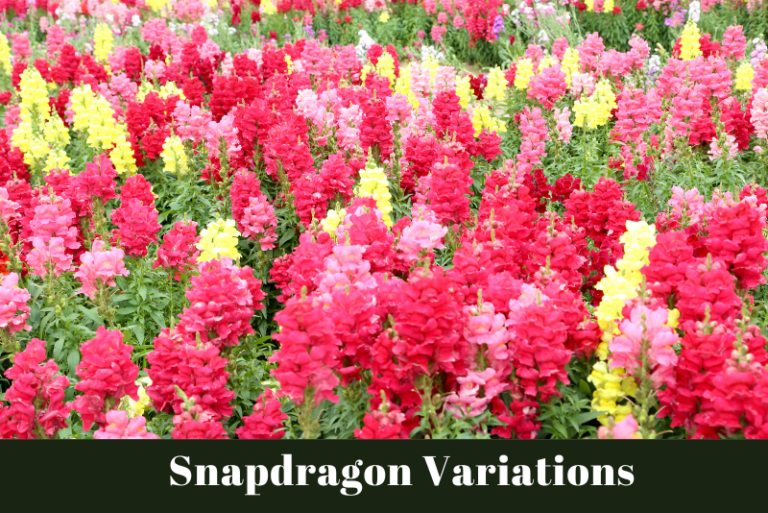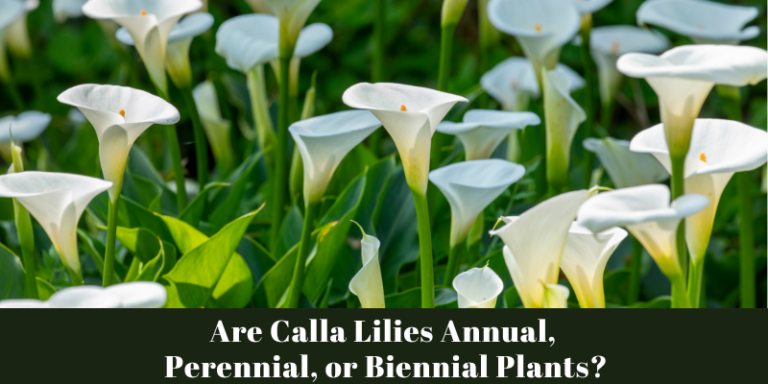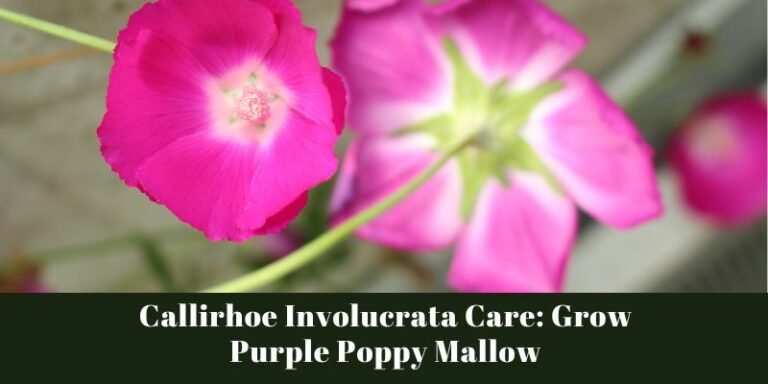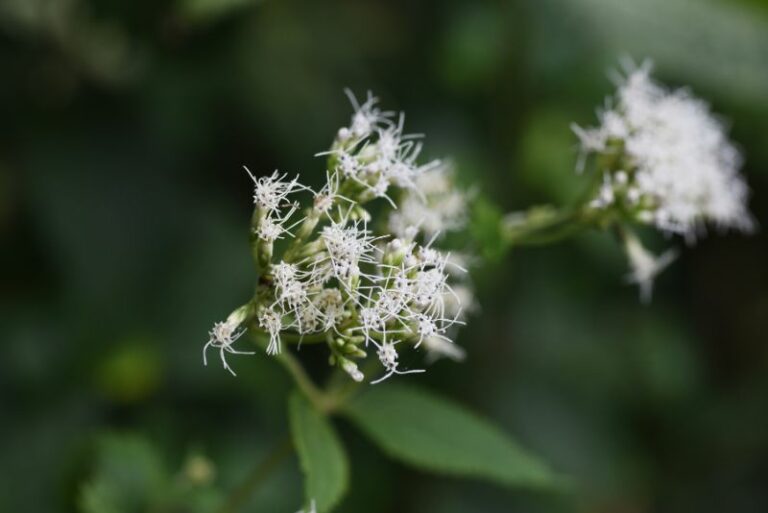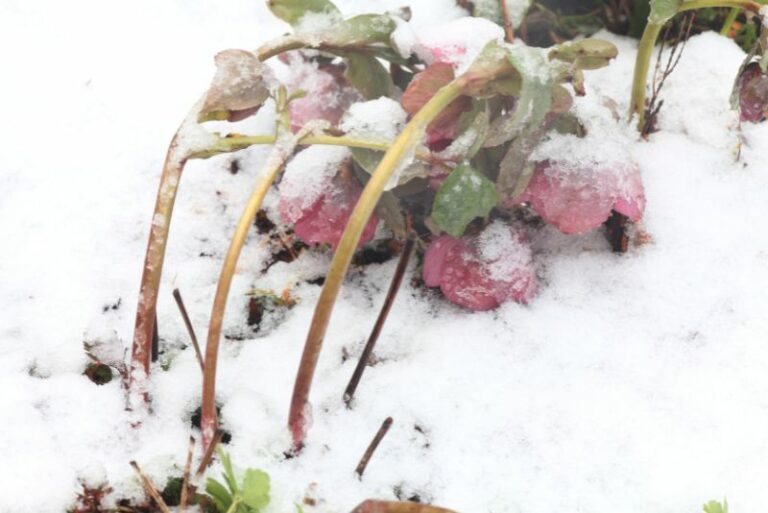How to Grow and Care for a Lipstick Plant: A Gardener’s Guide to Vibrant Blooms
Lipstick plants (Aeschynanthus radicans) are cherished for their bright, tubular flowers that resemble a tube of lipstick, hanging whimsically from their cascading stems. If you’re a plant enthusiast looking for your next addition, or a gardener seeking a beautiful and manageable houseplant, the lipstick plant could be just what you need. This comprehensive guide will walk you through the art of cultivating and tending to these stunning, yet manageable botanical jewels.
Getting Started with Lipstick Plants
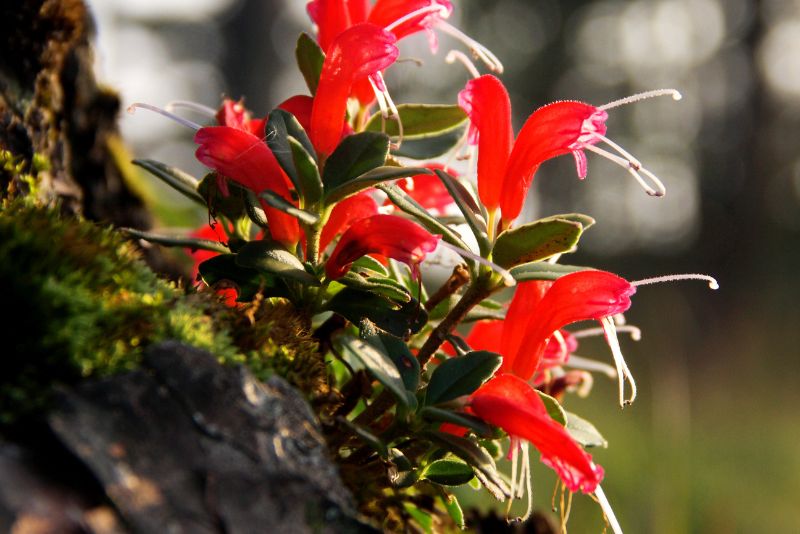
To start off on the right foot with your lipstick plant, it’s crucial to understand its needs from the very beginning. Aeschynanthus radicans is native to the jungles of Malaysia, so it’s partial to conditions that mimic its natural habitat.
Ideal Growing Conditions
Lipstick plants thrive in warm, humid environments with bright, indirect light. Temperatures between 60°F to 80°F are optimal, and they favor consistent levels of ambient humidity. They are not drought-tolerant but dislike soggy soil, so it’s important to find a balance in your watering schedule.
Planting and Potting
The right pot and soil mix are the foundation of your plant’s health and growth. Lipstick plants have specific needs when it comes to their potting environment.
Choosing the Right Pot and Soil
Select a pot with good drainage, as lipstick plants detest standing in water. Aeschynanthus radicans are epiphytic, meaning they grow on other plants without being parasitic. Mimic this in your potting mix by providing well-draining soil with a good balance of peat moss and perlite or orchid bark.
Planting Instructions
When planting, ensure the rootball is level with the top of the pot. Burying the plant too deep can lead to problems with rot. Water the plant immediately after planting to settle the soil.
Watering and Feeding
Proper hydration and nutrition are essential for the growth and flowering of your lipstick plant.
Watering Frequency
Water when the top inch of soil is dry, typically once a week. During the growing season, your plant may need slightly more water, but be cautious—overwatering can lead to root rot. Always use room-temperature water, as cold water can shock the roots.
Fertilization
During the growing season, feed your plant every two weeks with a balanced fertilizer. Dilute to half strength to avoid overfeeding. In winter, you can reduce feeding to once a month.
Pruning and Maintenance
Regular pruning and maintenance are necessary to keep your lipstick plant in top condition and looking its best.
Pruning Guidelines
Prune your lipstick plant in spring to encourage bushy growth. This is also the time to remove any leggy stems. Use a sharp, sterile knife or scissors to make clean cuts. Ensure you always cut just above a leaf node to promote new growth.
Common Issues
Keep an eye out for common plant pests such as mealybugs and spider mites. If you spot any, isolate the plant and treat the infestation promptly with a suitable insecticidal soap or neem oil.
Propagation
Once you’ve successfully cared for your lipstick plant, you might want to share the joy by growing more.
Methods of Propagation
Lipstick plants can be propagated from stem cuttings or by layering. Stem cuttings are the most common and straightforward method.
- Stem Cuttings: Cut a section of a non-flowering stem just below a leaf node. Remove the lower leaves and place the cutting in water or a moist rooting medium.
- Layering: Bend a healthy, non-flowering stem to the soil and secure it. In a few weeks, roots will develop, and you can sever the rooted portion from the parent plant.
Step-by-Step Guide to Propagation
- Choose a healthy stem about 4-6 inches in length.
- Cut just below a leaf node.
- Remove the lower leaves, leaving two to a few at the top.
- Dip the cut end in rooting hormone, which can expedite the process but is not always necessary.
- Plant the cutting in a small pot with moist rooting medium.
- Keep the cutting in a warm, bright area but out of direct sunlight.
- Once roots have formed, you can transplant your new lipstick plant into a larger pot using the standard care instructions.
Conclusion
Caring for a lipstick plant can be incredibly rewarding, especially when it produces its striking, tubular blooms. By providing the right conditions, watering and feeding adequately, pruning effectively, and keeping an eye on potential issues, you can ensure a long and healthy life for your lipstick plant.
Remember, every plant owner’s experience can differ, and it’s common to hit a few bumps along the way. But with patience, observation, and a willingness to learn and adapt, your lipstick plant will flourish. Enjoy the process, and enjoy the beauty of your lipstick plant as it graces your home or garden with its colorful presence.

